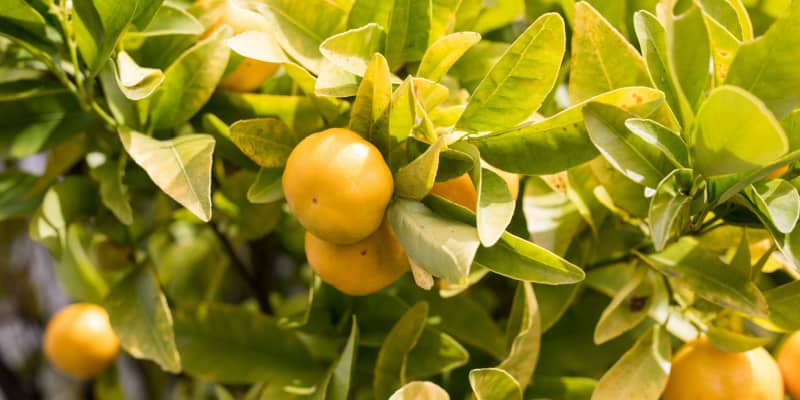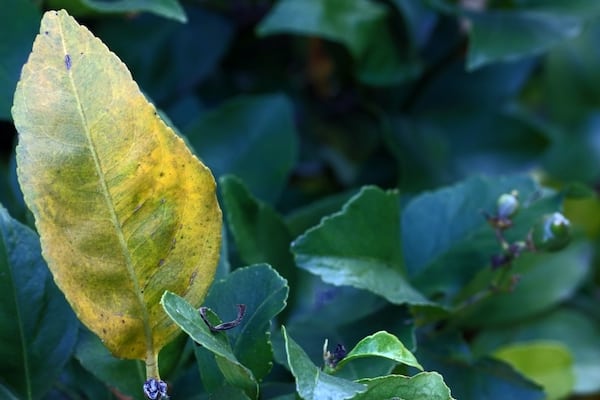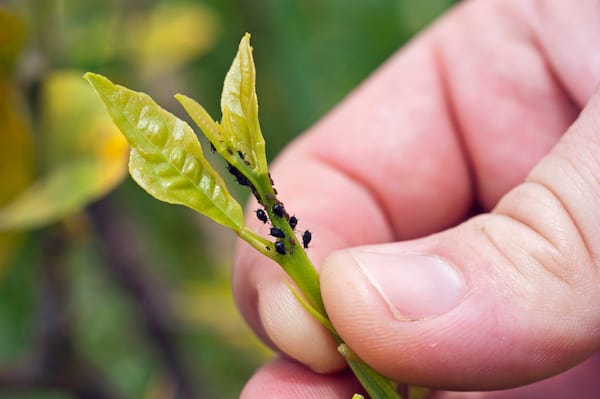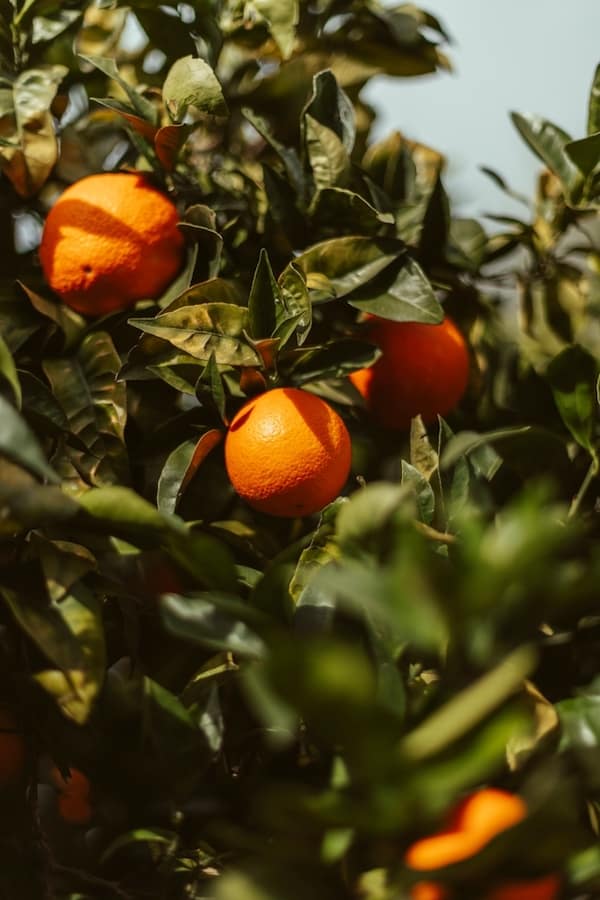
Why are my orange tree leaves turning yellow?
Our site is reader supported, this means we may earn a small commission from Amazon and other affiliates when you buy through links on our site.
Your orange tree leaves turning yellow may be due to natural (including pests and diseases), environmental or care causes. Some of the most common causes can be that the roots are too wet or even too dry leading to yellowing leaves. Other causes include cold draughs as well as low temperatures as well as not getting enough feed.
I discuss all of these below as well as what to do about each problem.
As the leaves age, they naturally start to turn yellow before falling
Age
As leaves age on your orange tree, they naturally turn yellow and fall off, this is usually minimal.
What to do
That’s nothing to worry about as long as it’s the larger leaves that are doing this.
Environmental causes of orange tree leaves turning yellow

Temperature
Your orange tree leaves may turn yellow due to the environment they’re in. If your tree sits in a draught or the temperature turns too cold (at night, for example), the leaves may change to this colour.
What to do
Check the temperature surrounding your orange tree, especially at night time. If it’s outside the recommended range – 13˚C to 27˚C during the day, and 5˚C to 10˚C at night – move the tree to a more suitable and less draughty location.
Sunlight
Your tree may not be getting enough sunlight. The leaves turn yellow if they don’t get six to eight hours of sunlight a day.
What to do
Indoors, this is best from a southwest or south facing window. Move your tree to a sunnier/less sunny location as appropriate.
You can learn more about growing orange trees here and the ideal growing conditions and general care
Pests and diseases
The effects of pests and diseases can turn orange tree leaves yellow. In the article Orange tree pests and diseases, I write about the pests of spider mites and aphids. These are both sap-sucking insects that take the chlorophyll out of the leaves, leaving them miscoloured.
Also, in the same article, there’s information about the diseases of root rot and citrus canker. Root rot causes the leaves to turn yellow, while citrus canker produce brown circles that have yellow halos on the leaves.
What to do
Follow the advice given in Orange tree pests and diseases for how to eradicate these pests and diseases.
Care
Watering
Over-watering is the most common cause of orange tree leaves turning yellow. But be aware that under-watering your plant also has the same effect. However, the leaves do look slightly different in each circumstance. Over-watering leaves the leaves quite plump, while under-watering dries them out.
What to do
Amend your watering schedule so that you water your orange tree thoroughly only when the top 3cm or so of the soil is dry.
Nutrient deficiency
Orange trees with yellow leaves can be the result of an iron deficiency in their feed. The causes of this are often a soil that’s too alkaline (too high a pH), high phosphorous levels or low iron levels. This often occurs in the spring and the leaves turn from pale green to yellow.
Yellow leaves are also a sign of nitrogen deficiency.
What to do
Apply a fertiliser high in nitrogen. Gardening experts recommend using a liquid fertiliser.
Over-fertilising
Over-fertilising your orange tree won’t make it grow any faster. Instead, it leaves excess salts in the soil that burns the leaves. This causes the orange tree leaves to turn yellow.
What to do
Pull back on the fertilising. When you water the orange tree, make sure that the water runs through the pot and leaves through the drainage holes at the bottom. This washes excess fertiliser from the soil.
If you have orange tree leaves that are turning black, that is most likely black sooty mould. If you have curling leaves, sometimes at the same time as yellowing leaves.
Finally, another common issue is getting sticky leaves on your orange tree, this is likely related to pests such as aphids.

